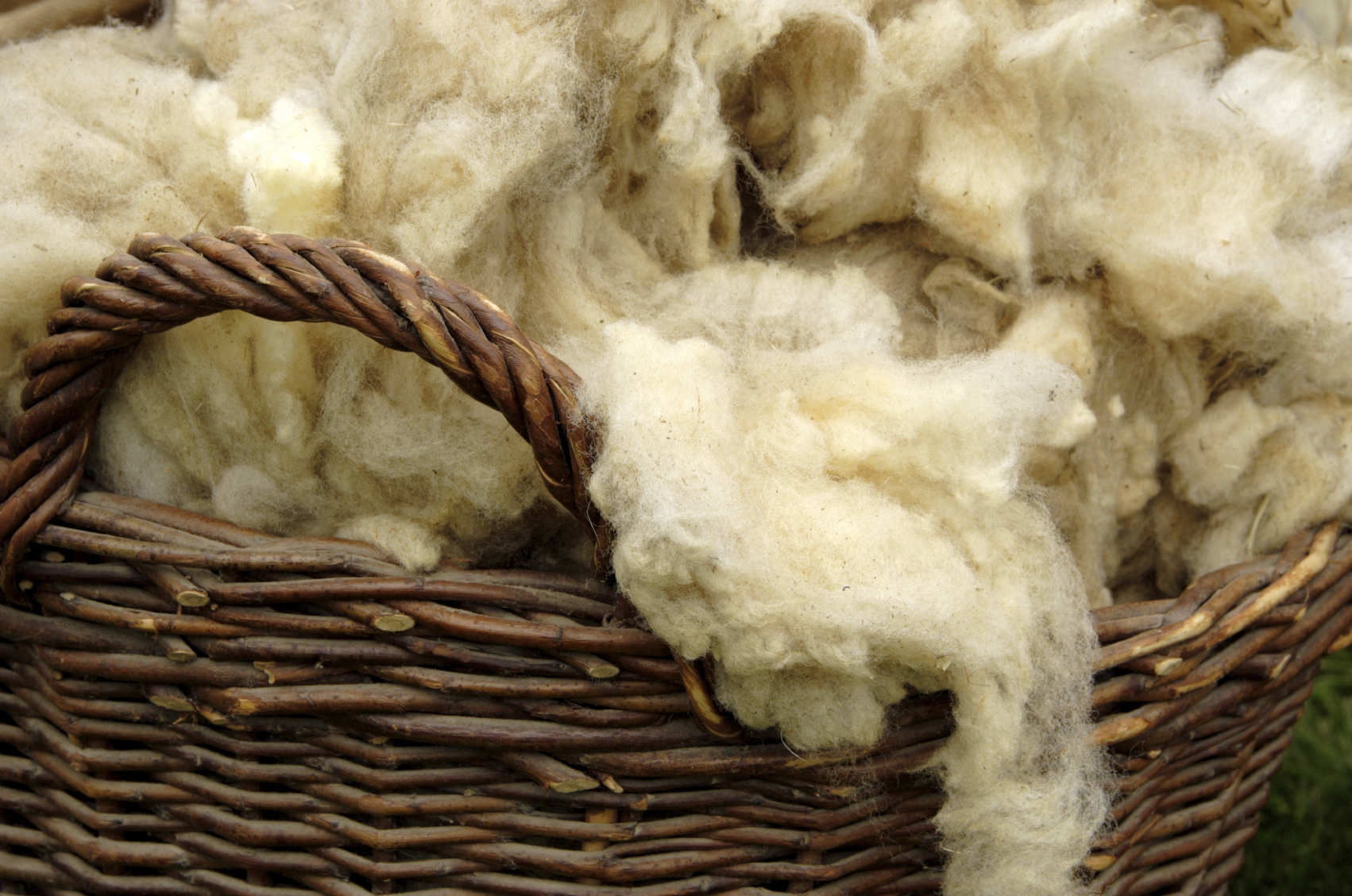A Cold Morning in the Blind- The History and Power of Wool
It’s still pitch dark when I step out of the truck, headlamp cutting through the steam of my breath. The thermometer reads single digits. My boots crunch over frozen ground as I wade into the shallows, water creeping up to my chest. The wind bites at my face while I wrestle with decoys, trying to get the spread just right before shooting light. I can feel the cold, but it doesn’t fully set in until I’m back in the blind, sitting still, barely moving, tucking my hands into my waders to warm my fingers. My duck calls are nestled under my sweater to keep them from freezing, and my wool layers are quietly doing their job: keeping me dry, regulating my body temperature, and making sure I can stay out here for hours.
The thing is, this kind of performance isn’t new. Wool has been keeping people alive and comfortable in conditions like this for thousands of years.
The Origins of Wool as a Performance Fabric
Humans have been using wool for over 10,000 years. Some of the earliest evidence comes from ancient Mesopotamia, where domesticated sheep provided both meat and a renewable, insulating fiber. Wool’s unique structure—crimped, elastic, and naturally coated with lanolin—gave early hunters, herders, and explorers an unmatched advantage in cold and wet climates.
Why Wool Works So Well
Wool’s reputation as the ultimate performance fabric isn’t hype—it’s science. Each fiber is a complex protein structure that can absorb up to 30% of its weight in moisture without feeling wet. This keeps you dry, even when you’re sweating or caught in the rain. Wool also releases heat slowly, so it’s warm in winter but breathable in summer. The natural lanolin coating resists water and odor, making it ideal for multi-day trips.
Wool in Modern Outdoor Gear
From high-end merino base layers to rugged outerwear, wool has evolved with technology. Today’s wool blends combine the natural performance of wool with the durability and stretch of synthetics. Brands like Duckworth, Paka, and Icebreaker have redefined wool for the 21st-century adventurer.
Why Wool Still Beats Synthetics
Synthetics have their place, but they can’t match wool’s all-weather versatility. Wool regulates temperature across a wide range, resists odors naturally, and remains insulating even when wet—a critical factor when you’re duck hunting in freezing temperatures or hiking through unpredictable weather.

